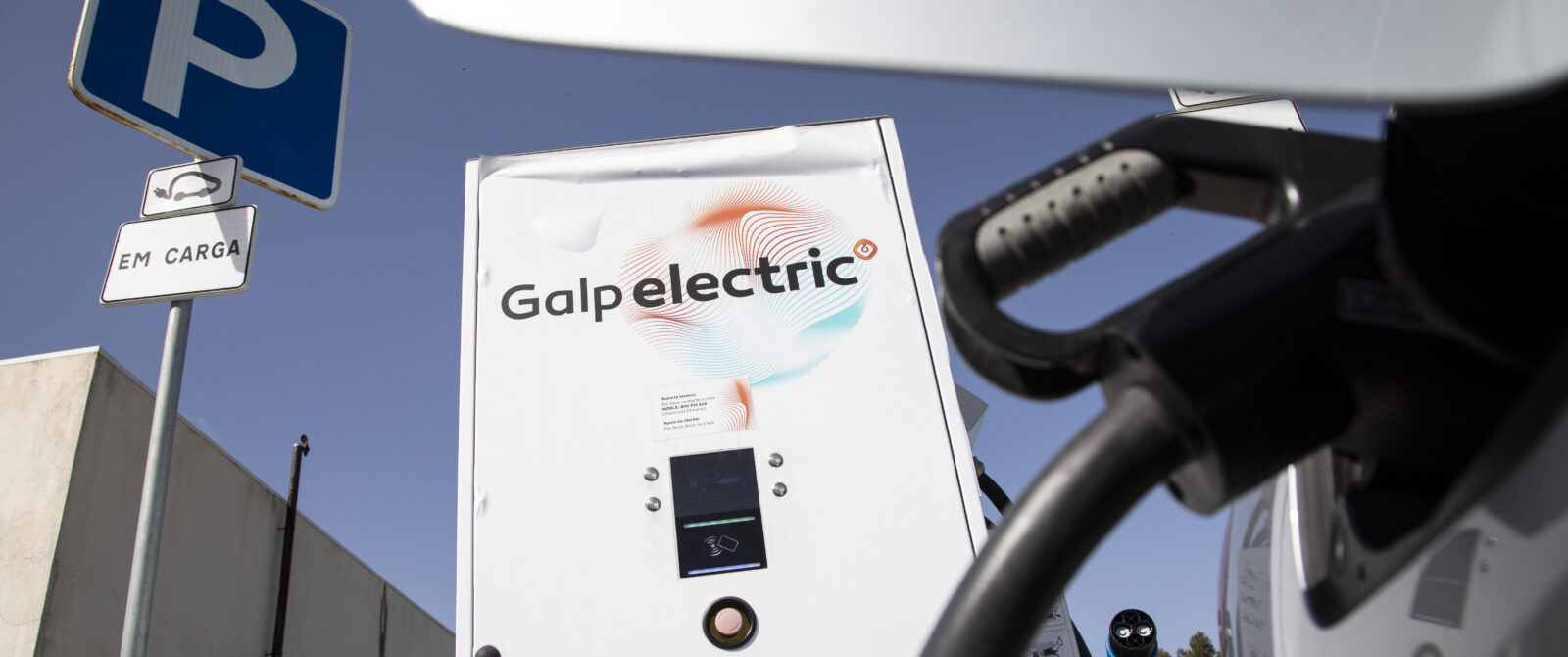Public charging network more and more comprehensive. And more powerful.
Those days when our public charging network (Mobi.E) was somewhat lacking are definitely over. In 2021 alone it grew by 65%, making Portugal Europe’s fourth-ranking country in terms of stations per 100 kilometres of road.
Two of the biggest (and oft-repeated) fears of potential electric vehicle purchasers were their limited battery life and the patchy charging network. And there were good reasons for both these shortfalls. While it’s true that nowadays any new electric vehicle has a battery life that easily surpasses 200 kilometres — even 500, 600 or 700 at the upper end of the market — it wasn’t that long ago that they could just about manage to scrape past the 100 km mark. This was clearly insufficient to travel from Lisbon to Porto without stopping, and this was the distance unofficially adopted to conclude that purchasing an electric car was a flight of fancy.
Risky, at the very least.
The same applied to the charging network. Launched in 2010, the public Mobi.E network faced an uphill struggle. Charging was free, but there were few stations and the few that existed were concentrated in major cities. And they didn’t always work. All that has changed in the last few years, thus eliminating potential purchasers’ fears. Not only has battery life been extended, but also the network has improved significantly since 1st July 2020, with the start of the fully-fledged market phase, leading to a veritable boom in the number of stations, even during a pandemic.
The numbers bear this out. 2021 saw a 65.5% year-on-year increase in the number of stations, rising from 1417 to 2360. The average pace of installation was 18 charging stations a week — and this pace remains fast in 2022, with more than 2500 stations as of now.
Supply rose and the disparities eased, and there are now stations in 302 municipalities. According to Mobi.E, this represents a geographical coverage of over 98%. Another improvement was increasing the charger power, with 117% more stations that there were in 2020 with over 22 kWh of power. This means 106.1 MW across the entire network, around one and a half times the level required by the European Union’s future legislative package. It should be noted that more powerful chargers are especially important, since they bring down charging times for electric vehicles to be more comparable to the length of time it takes to fill a conventional car at the petrol pump. There are also increasing numbers of chargers at motorway service stations.
Portugal is on the frontline in Europe
If any doubts remain regarding our network quality, a recent study by the ACEA — European Automobile Manufacturers’ Association — may help to allay them. It concluded that Portugal ranks fourth in the countries with the most charging stations per 100 kilometres of road. The association warns that there is still a long way to go in Europe — of the EU’s 27 member states, ten don’t even have one electric charger per 100 kilometres of road, and 18 have fewer than five charging stations. But Portugal is on the right path. After all, it is one of the ten countries with more than ten chargers (14.9) per 100 kilometres of road. The top spot is taken by the Netherlands, which has over 47 chargers for every 100 kilometres of road, Luxemburg is in second place with 34.5, and Germany in third with com 19.4.











